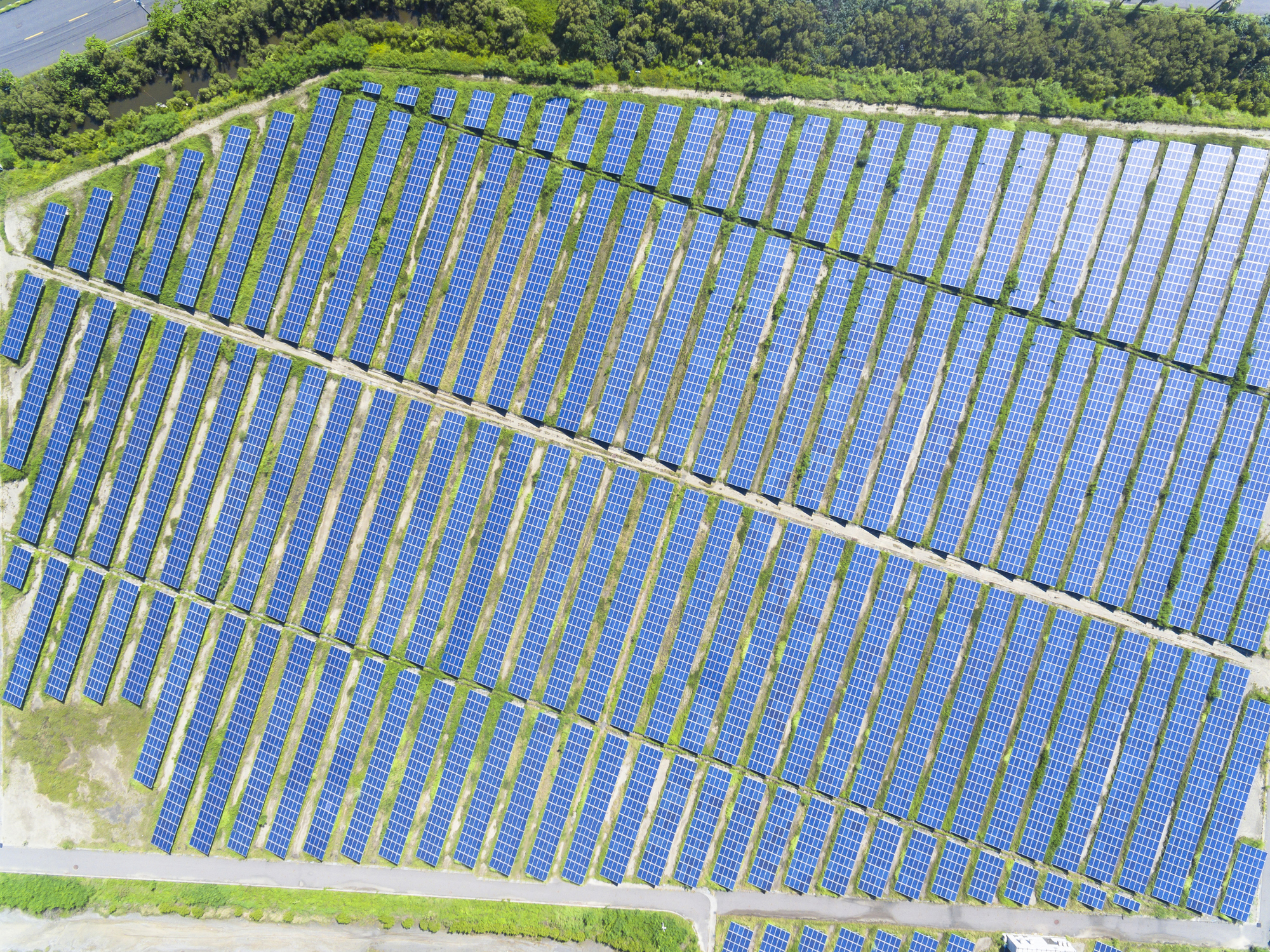
Ahead of the release of China’s 14th Five-Year Plan, MacroPolo published its “Forecast 2025: China Adjusts Course” focused on the medium-term outlook for energy, economics, policy, and technology in China. MacroPolo’s report dovetails not only with China’s 14th FYP (2021-25), which outlines the country’s priorities and key agendas, but also overlaps with the incoming Biden administration, which will likely mean a consequential policy shift for the US.
Recently, we spoke with the authors of each chapter to get behind-the-scenes insights into their 2025 forecasts. We start with energy.
After the CCP convened for the Fifth Plenary Session in Beijing, we spoke with Iliaria Mazzocco (Senior Research Associate, MacroPolo) to dive deeper into her chapter, Energy: Setting Course for Peak Emissions, and her predictions for a less carbon-intensive energy landscape in China.
Your first call in the 2025 forecast is that “China will be close to achieving peak emissions as a result of more ambitious actions to bolster renewables, pivot toward market mechanisms, and enhanced energy efficiency measures.”
In a country with such entrenched coal interests, what are the implications of your peak emissions prediction and how do they align with Xi Jinping’s recent pledge to reach carbon neutrality by 2060?
It is no secret that the coal industry has been a key interest group contesting climate policy, in China as elsewhere in the world. But the forecast identifies a high likelihood that new coal power plant construction will be restricted to some extent. Simply put, the currently planned 250 GW of new coal capacity is incompatible with Xi Jinping’s commitment to peaking emissions by 2030 and achieving carbon neutrality by 2060.
Political support for coal is also waning as the economics are stacked against coal, which will be increasingly uncompetitive with solar and wind over the next few years. If, as I expect, we see some progress in power sector reform, coal will become even less of an attractive investment relative to other energy projects.
You write that “political support for decarbonization remains strong, exemplified by Xi’s unexpected public pledge on carbon neutrality at the UN General Assembly…an internal decision that likely reflects real high-level commitment to decarbonization.”
What is motivating the Chinese government to decarbonize?
I believe that various trends are aligning to support China’s move towards decarbonization. The energy transition has been identified by policymakers as an opportunity to establish the country’s leadership in new industries, find new sources of growth, improve quality of life and raise China’s international stature. For example, China has already invested heavily in some of the green technologies that will be key to global development in the coming years, including batteries and photovoltaics. Also, as I mention in the forecast, some of the policies to reduce emissions, such as power sector reforms and electrification are expected to lower costs and increase efficiency while reducing reliance on energy imports.
As renewables gain ground on coal in China, do you see any potential impact on coal projects along the Belt and Road?
In the medium term, financing and construction of coal power plants will become less attractive in most counties and, as a consequence, Chinese investors will probably turn to renewables. But there is a risk that as restrictions are put in place in China, coal companies will seek opportunities abroad. It is likely that eventually Chinese financing institutions such as China Development Bank, Exim Bank, and Agricultural Development Bank of China—which are responsible for the bulk of coal plant financing abroad—will follow the AIIB’s lead and commit to no longer backing coal projects. But I don’t see that happening in the immediate term, and in the short term a lot of unrepairable damage will be done if more countries expand coal rather than renewable generation capacity.
In China, the coal industry produces more direct jobs than oil and gas and even more when compared with solar and wind. With coal consumption decreasing and coal plants becoming more expensive to build, are these positive trends toward renewable sectors reflected in job creation as well?
Any energy transition is ultimately about economics and jobs, let alone one on the scale of China’s. According to IRENA, there are about 2.2 million people employed directly and indirectly in the photovoltaic sector, not far below the number of those working in coal mining today. As the transition progresses, it is unlikely that people will shift from the coal industry, whether it be mining or coal plants, to renewables, as the skills needed and the physical location of jobs are often different. The government may need to step in to facilitate the transition, but I don’t expect this to lead to massive disruption. In fact, China has already proven it can manage mass job displacement in the coal industry as well as real estate and manufacturing. Just as an example, an estimated 2.3 million miners lost their job over the past seven years as the sector underwent consolidation and automation replaced human labor.
Given the contrast between China’s post-pandemic economic recovery and that of much of the rest of the world, what impact do you see the pandemic having on China’s energy outlook and how might it compare with that of other countries?
Many of the trends that we’re seeing globally in terms of economic and energy policy pre-date the pandemic. Specifically, China’s long-term energy outlook is shaped by its economic transition away from energy-intensive industries which is facilitating the reduction in coal use. At the same time, the electrification of the economy, also a long-term goal, may pose some challenges to reducing coal capacity, especially in the absence of a robust regulatory framework and mechanisms that support the integration of more renewables on the grid.
Can you provide any insight into how you arrived at your main predictions?
The forecast was bound by the same macro assumptions that we set for the rest of the project. Within this framework, I worked to identify the most important variables shaping China’s energy policy based on the economic, scientific, and political trends. The main calls were:
1) China will be close to achieving its peak emission target, something that has been facilitated by the economic transformation in the country as well as explicit energy policies
2) renewables will be increasingly competitive in cost with coal, which is perhaps one of the most important changes to take place globally
3) on the whole, China will continue to a shift towards using more market-based instruments to govern energy, including expanding power sector reforms.
Combined, these factors point to non-fossil fuels benefitting from China’s energy policies over the medium term.
Were there any additional 2025 predictions that didn’t make it into your forecast that you could see on China’s energy horizon?
I don’t discuss the electrification of transportation explicitly, but it’s an area that I’ve been writing about and where I think we’ll see a lot of visible progress in the next five years. The current goal is for electric and fuel cell vehicle sales to hit 20% of all vehicle sales by 2025, so an increasing number and variety of electric cars, trucks, vans, and buses hitting the roads in China in the coming years. More Chinese EV brands will also be seen abroad, especially Europe.
Read more about Ilaria Mazzocco. And catch up on the latest from the Paulson Institute’s in-house think tank at MacroPolo.org.





